目次
- 1 MHI 2024: ¥7T Orders Drive Green Tech & Data Centers
- 1.1 MHI’s Two Key Objectives
- 1.2 Outstanding Performance: ¥7 Trillion Orders and Strengthened Financial Foundation
- 1.3 Energy Segment: World No.1 GTCC Business and Nuclear Power Re-expansion
- 1.4 Plants & Infrastructure Segment: Evolution to System Integrator
- 1.5 Logistics, Thermal & Drive Systems: Labor-saving/Automation and Natural Refrigerant Support
- 1.6 Aircraft, Defense & Space: Contributing to National Security and Business Expansion
- 1.7 Growth Areas: Rapid Expansion of Data Center Business and GX Segment
- 1.8 “2024 Business Plan”: ¥1.2 Trillion Investment and Company-wide Optimization Strategy
- 1.9 MISSION NET ZERO: Demonstration at Own Factories and Social Implementation
- 1.10 Management Change and New Management Policy
- 1.11 Issue Recognition and Countermeasures
- 1.12 Corporate Governance: Pursuing Transparency and Effectiveness
- 1.13 Comprehensive Insights for Investors and Business Professionals
- 1.13.1 1. Realizing Transformation
- 1.13.2 2. Accurate Response to Growth Markets
- 1.13.3 3. Strategic Investment in Decarbonization Technologies
- 1.13.4 4. Defense Business Expansion Opportunities
- 1.13.5 5. Financial Health and Shareholder Returns
- 1.13.6 6. Risk Factors and Responses
- 1.13.7 7. Medium- to Long-term Investment Appeal
- 1.13.8 References
MHI 2024: ¥7T Orders Drive Green Tech & Data Centers
Published: January 23, 2025 | Category: Business & Technology
Mitsubishi Heavy Industries (MHI) stands at a historic turning point. Under its mission to “incorporate cutting-edge knowledge into technologies cultivated over a long history, tackle changing social challenges, and realize prosperous lives for people,” the company is deploying large-scale investment strategies toward its next leap, backed by record-high performance. Orders for FY2024 are expected to exceed ¥7 trillion, with particular attention on the rapid growth of the data center power supply business and ¥1.2 trillion-scale massive investment in decarbonization technologies.
MHI’s Two Key Objectives
- MISSION NET ZERO: Contributing to achieving Net Zero for global society
- Safe, Secure, and Comfortable Society: Providing practical solutions tailored to regions and customers
Outstanding Performance: ¥7 Trillion Orders and Strengthened Financial Foundation
MHI’s FY2024 performance demonstrates exceptional presence in Japan’s heavy industry sector. Cumulative orders for the third quarter reached ¥4,968.9 billion, with full-year forecast at ¥7,071.2 billion. This significantly exceeds FY2023’s ¥6,684.0 billion.
Company-wide Order Trends
| Fiscal Year | Orders (¥ billion) |
|---|---|
| FY2023 | 6,684.0 |
| FY2024 Forecast | 7,071.2 |
| FY2024-26 Plan Average | 5,500+ |
Detailed Segment Performance Analysis
MHI operates based on four reporting segments: “Energy,” “Plants & Infrastructure,” “Logistics, Thermal & Drive Systems,” and “Aircraft, Defense & Space.” On April 1, 2024, the GX segment was newly established to strengthen energy transition businesses.
| Segment | Orders (¥ billion) | YoY Change | Revenue (¥ billion) | Operating Profit (¥ billion) | Profit Margin |
|---|---|---|---|---|---|
| Energy | 1,306.7 | -9.1 billion | 832.1 | 103.2 | 12.4% |
| Plants & Infrastructure | 599.4 | +176.7 billion | 379.1 | 28.1 | 7.4% |
| Logistics, Thermal & Drive Systems | 657.6 | +7.7 billion | 632.8 | 26.9 | 4.3% |
| Aircraft, Defense & Space | 802.1 | -197.3 billion | 431.7 | 44.0 | 10.2% |
| Others (Growth Areas) | 42.6 | +40.2 billion | 37.5 | 17.0 | 45.3% |
*FY2024 First Half (April 1 – September 30) Results
Segment Revenue Composition (FY2024 First Half)
| Segment | Revenue (¥ billion) | Composition Ratio |
|---|---|---|
| Energy | 832.1 | 36.2% |
| Plants & Infrastructure | 379.1 | 16.5% |
| Logistics, Thermal & Drive Systems | 632.8 | 27.5% |
| Aircraft, Defense & Space | 431.7 | 18.8% |
| Others | 37.5 | 1.6% |
Financially, total assets as of September 30, 2024, were ¥6,477.069 billion, an increase of ¥220.809 billion from the previous fiscal year-end. Equity attributable to owners of parent was ¥2,258.894 billion, with the equity ratio maintaining a healthy 31.8%.
Key Financial Indicators (FY2022 IFRS)
- ROE (Return on Equity): 7.9%
- ROA (Return on Assets): 3.6%
- Operating Profit Margin: 4.6%
- D/E Ratio: 40%
- PER (Price Earnings Ratio): 12.55x
- EPS (Basic Earnings Per Share): ¥388.43
- BPS (Book Value Per Share): ¥5,183.10
For shareholder returns, the company implements progressive dividends with DOE (Dividend on Equity) of 4% or higher as a guideline. At the Annual General Meeting held on June 27, 2024, a total dividend of ¥40,432 million for common shares, ¥120 per share, was approved. Note that a 1-for-10 stock split was implemented on April 1, 2024.
Energy Segment: World No.1 GTCC Business and Nuclear Power Re-expansion
GTCC (Gas Turbine Combined Cycle): Two Consecutive Years as Global Market Leader
MHI’s gas turbine business has secured the top global market share (by output) for two consecutive years in 2022 and 2023. High performance and reliability, along with expandability for future hydrogen combustion conversion, are valued by customers worldwide.
GTCC Competitive Advantages
- High-performance large models with high reliability through pre-market real-machine verification
- Operational optimization technology with CO2 capture systems
- Capability for hydrogen/ammonia combustion conversion
- Advanced service proposals through “TOMONI®”
Notably, the company is actively investing in technology development for a decarbonized society. At Takasago Hydrogen Park, 30% hydrogen co-firing operation with JAC-type gas turbines and 100% hydrogen combustion tests with H-25 type have succeeded. The goal is to commercialize gas turbines capable of 100% hydrogen combustion by 2030.
Market conditions are also favorable. Natural gas-fueled GTCC is seeing expanding demand as a replacement for coal-fired power generation and as balancing power for renewable energy expansion. Furthermore, it’s attracting attention as on-site power for data centers amid rapidly expanding AI demand.
Nuclear Power Business: Innovative Light Water Reactor “SRZ-1200” and Overseas Expansion
Following the national policy of “promoting nuclear power utilization,” MHI is advancing nuclear business expansion. The business consists of four main pillars.
1. Domestic Existing Reactor Support Business
- PWR (Pressurized Water Reactor) and BWR (Boiling Water Reactor) restart support
- Construction of Specialized Safety Facilities
- Nuclear fuel cycle establishment support
- Maintenance work for long-term stable operation
2. Development of Innovative Light Water Reactor “SRZ-1200®”
Despite no construction site being determined, design studies are nearly complete, and the project is now in the safety confirmation testing phase. This innovative reactor is expected to achieve both safety and economic efficiency as a next-generation nuclear reactor.
3. Next-Generation Reactor Development
Participating as a core company in fast reactor and high-temperature gas-cooled reactor demonstration reactor development. These reactors are expected to enable more efficient nuclear fuel utilization and hydrogen production applications.
4. Overseas Expansion
Completed manufacturing of three replacement steam generators (SG) for Électricité de France (EDF). Future increases in equipment exports for overseas existing and new plants are expected.
To support these businesses, investments in expanding human resources and updating/upgrading production facilities are progressing. Particular focus is on securing personnel centered on design staff, updating aging facilities, and equipment investment for new products (such as casks).
Plants & Infrastructure Segment: Evolution to System Integrator
The Plants & Infrastructure segment operates diverse businesses including steelmaking machinery, commercial ships, engineering, environmental facilities, and machinery systems. First half FY2024 orders were ¥599.4 billion (YoY +¥176.7 billion), with operating profit of ¥28.1 billion (YoY +¥12.0 billion), showing strong performance.
Steelmaking Machinery: Decarbonization Technology Development
Decarbonization of steelmaking processes is a global challenge. MHI is planning a hydrogen reduction iron pilot plant in Europe with customers, aiming to commercialize innovative steelmaking technology to replace conventional blast furnaces.
Environmental Facilities: Advancement through AI Utilization
In environmental facilities, the company has introduced AI remote monitoring and operation support system “MaiDAS®”, achieving advanced O&M (operation and maintenance). This enables both improved facility utilization rates and reduced maintenance costs.
Value Provision as System Integrator
In fields such as steelmaking machinery and commercial ships, the company aims to establish a position as a system integrator by providing core technology and design, rather than being merely an equipment supplier. This enables providing more comprehensive solutions to customers and increasing added value.
Logistics, Thermal & Drive Systems: Labor-saving/Automation and Natural Refrigerant Support
The Logistics, Thermal & Drive Systems segment has a wide product portfolio including logistics equipment, turbochargers, engines, thermal products, and car air conditioners. First half FY2024 orders were ¥657.6 billion, with revenue of ¥632.8 billion.
Logistics Equipment: Innovation through ΣSynX®
In logistics equipment, the company is advancing the introduction of labor-saving and automation products utilizing “ΣSynX® (Sigma Synx)”. Through development of new forklifts and other products, it’s realizing human-machine collaboration and equipment coordination, contributing to productivity improvement at logistics sites.
Features of ΣSynX®
- Integration of long-accumulated know-how with cutting-edge knowledge including AI and quantum technology
- Realization of enhanced product functionality and integrated monitoring
- Intelligent operation and maintenance
- Building ecosystem that “smartly connects” diverse machinery and products
Thermal Products: Transition to Natural Refrigerants
Responding to strengthening environmental regulations, the company is promoting development of natural refrigerant-compatible equipment, including CO2 refrigerant refrigeration condensing unit “C-puzzle series”. It’s expanding its lineup of environmentally low-impact products, including energy-saving equipment such as heat pumps.
Engines: Clean Fuel Support
In the engine field, the company is working on developing products compatible with clean fuels such as hydrogen and ammonia. These technologies are expected to contribute to decarbonization in marine and power generation applications.
Aircraft, Defense & Space: Contributing to National Security and Business Expansion
The Aircraft, Defense & Space segment achieved significant revenue and profit increases, with first half FY2024 revenue of ¥431.7 billion (YoY +35.4%) and operating profit of ¥44.0 billion (YoY +60.3%).
Defense Business: Five Priority Areas
In response to changes in the national security environment, the defense business has established the following five priority areas for business expansion.
- Stand-off Defense: Strengthening long-range defense capabilities across land, sea, and air
- Integrated Air and Missile Defense: Building multi-layered air defense systems
- Next Fighter Development: Participation in joint development program (GCAP) with UK and Italy
- Unmanned Asset Defense: Development and operation of aerial, maritime, and land unmanned systems
- Defense Space: Utilization of space assets for communications, navigation, and information gathering
To respond to this business expansion, the company is advancing plans to increase development and production capacity by approximately 30%, implementing facility investments such as construction of the North Komaki Plant and optimizing human resource utilization.
Space Business: H3 Rocket Success
In the space business, successful launches of H3 rockets No. 3-5 have solidified the foundation for business expansion. Going forward, the company aims to expand market share in the commercial satellite launch market.
Commercial Aircraft: Boeing 787 Wing Production
In commercial aircraft, the company continues producing wings for Boeing 787 aircraft. With recovery in the aviation industry, production volume increases are expected. The company is also strengthening its aftermarket business.
Growth Areas: Rapid Expansion of Data Center Business and GX Segment
The GX segment, newly established on April 1, 2024, aims to further strengthen energy transition businesses. Among these, the data center business is attracting particular attention.
Data Center Business: Growth Exceeding Expectations
With explosive growth in data center power demand accompanying rapid AI expansion, MHI has accurately captured this market opportunity and started its electromechanical equipment supply business.
Data Center Business Features
- Providing one-stop solutions for power, cooling, and control
- Utilizing large gas turbines to meet high-capacity power demand
- Next-generation power distribution and cooling technology to handle high load fluctuations
- Efficiency improvements through intelligent mechanical systems
- Global expansion through U.S. business base establishment
Management evaluates that “the data center business is growing beyond initial expectations and continues to have potential.” By 2030, the company aims for ¥1 trillion in sales across all new businesses, with the data center business expected to play a central role.
Data centers require large amounts of power, and gas turbines using LNG are emerging as a leading option from the perspectives of early deployment and stable operation. While SMR (Small Modular Reactor) introduction is also being considered for the future, deployment may be slower than in the U.S. due to challenges such as Japan’s seismic standards.
Hydrogen/Ammonia Business: Advancing World’s Largest-Scale Projects
In hydrogen and ammonia-related businesses, concrete projects are being realized one after another.
ACES (Advanced Clean Energy Storage) Project
Completed construction of the world’s largest-scale hydrogen production, storage, and supply project in Utah, USA, and started trial operations. This project will realize:
- 100 tons/day of green hydrogen production
- Large-scale hydrogen storage in underground salt caverns
- Hydrogen supply to gas turbine power plants
Takasago Hydrogen Park
Domestically, the following achievements have been made at Takasago Hydrogen Park:
- Started hydrogen production using alkaline water electrolysis equipment
- Realized coordinated operation of hydrogen production, storage, and utilization facilities
- Started operation of next-generation high-efficiency hydrogen production technology SOEC (Solid Oxide Electrolysis Cell) demonstration unit (Spring 2024)
Furthermore, the company is advancing partnerships for value chain construction, working to materialize projects such as U.S. hydrogen hubs and ammonia bunkering in Singapore.
CCUS (CO2 Capture, Utilization, and Storage): Path to Commercialization
Steady progress is also being made in CCUS technology.
CCUS Business Progress
- Kansai Electric Power Himeji Daini Power Station: Started operation of CO2 capture pilot plant (5 tons/day)
- Collaboration with ExxonMobil: Accelerating joint development of next-generation CO2 capture technology
- “CO2MPACT”: Market introduction of standardized and modularized small- to medium-scale equipment (1-200 tons/day)
- Participation in JOGMEC’s advanced CCS projects
- Value chain construction: Development of CO2 liquefaction/transport ships and CO2 compressors
The company particularly aims to contribute to “hard-to-abate” industrial sectors such as steel and cement, which are considered difficult to decarbonize, continuing development focused on improving economic efficiency.
“2024 Business Plan”: ¥1.2 Trillion Investment and Company-wide Optimization Strategy
In the “2024 Business Plan” covering the three years from FY2024 to FY2026, MHI plans a total investment of ¥1.2 trillion, the largest scale ever. This represents a 3.6-fold increase from ¥330 billion during the 2021 Business Plan period (FY2021-2023).
2024 Business Plan Investment Allocation
| Investment Area | Investment Amount (¥ billion) | Main Contents |
|---|---|---|
| Growth Businesses (GTCC, Nuclear, Defense) | 650 | Production capacity expansion, hydrogen combustion technology development, facility updates, innovative reactor development, North Komaki Plant construction |
| Growth Areas (Data Centers, Hydrogen, CCUS) | 350 | U.S. base establishment, ACES, Takasago Hydrogen Park, CO2MPACT commercialization |
| Foundation Strengthening (Digital, Decarbonization, M&A) | 200 | ΣSynX deployment, 20,000 DI talent development, Mihara Works model factory, energy transition-related M&A |
| Total | 1,200 | – |
“Innovative Total Optimization” Management Policy
This management policy aims to realize a virtuous cycle of high profitability and growth investment by combining company-wide optimization through strengthened organizational collaboration and domain expansion through new value provision.
Company-wide Optimization Initiatives
- Aiming to halve lead times for all operations
- Accelerating development speed through concentrated deployment of in-house experts
- Promoting production automation and DX
- Sharing best practices between organizations
- Reducing bottlenecks through information sharing within organizations
Domain Expansion Initiatives
- Anticipating potential needs
- Creating new value by “smartly connecting” different fields
- Utilizing licensing and partnerships
- Speedy market approach using IT
- Providing value to orders of magnitude more customers
Human Resources Strategy: Developing 20,000 DI Talents
As part of strengthening technological and human foundations, the company has set a goal to develop over 20,000 DI (Digital Innovation) talents by 2030. Specific measures include:
- Diversifying recruitment methods: Strengthening recruitment branding, utilizing recruitment platforms in the U.S. and Europe, alumni recruitment, etc.
- Visualizing talent requirements and building development cycles: Utilizing global HR systems, renewing education systems, etc.
- Improving talent mobility: Cross-group talent visualization, promoting internal job postings
- Supporting new challenges: Promoting employee dispatch programs
- Creating workplace environments where diverse talents can thrive
The company is also working on formalizing skilled techniques and know-how and passing them on to younger employees as an important issue.
MISSION NET ZERO: Demonstration at Own Factories and Social Implementation
MHI is also actively working on reducing its own CO2 emissions. The symbolic initiative is the carbon neutralization of Mihara Works.
Mihara Works Carbon Neutralization Plan
Target: 97.7% CO2 emission reduction compared to FY2021
- Introduction of solar power generation facilities
- Reducing boiler operation and switching to heat pumps
- LED conversion of lighting
- Reducing air conditioning load and updating inverters
- Optimizing operation of machining equipment
Plan to deploy know-how cultivated at this factory to other factories and customer factory diagnostic services, contributing to realizing a carbon-neutral society
Company-wide targets include:
- Group CO2 emissions: 50% reduction by 2030 compared to 2014, achieve Net Zero by 2040
- Value chain contribution (Scope 3 + CCUS reduction contribution): 50% reduction by 2030 compared to 2019, achieve Net Zero by 2040
Management Change and New Management Policy
President Seiji Ito, who took office in June 2024, is promoting management focused on “realizing high profitability.” This is to increase medium- to long-term growth investment, believing that the MHI Group has significant growth investment potential.
President Ito’s Management Policy
- Accelerate the virtuous cycle of high profitability and future growth investment at unprecedented speed
- Evaluates that the 2024 Business Plan is progressing largely as planned
- Aims to achieve company-wide operating profit margin of 8% or higher
- Promotes service business expansion, strengthening of environmentally friendly products, consolidation of bases, resource shifting, etc.
Issue Recognition and Countermeasures
Supply Chain Challenges
With ¥10 trillion in order backlogs, management recognizes that the entire supply chain is under strain. Countermeasures include:
- Early identification of bottlenecks
- Active introduction of automation technology
- Parallelization of processes
- Strengthening supply chain resilience
- Facility expansion and new plant construction (operation of Savannah Plant in Georgia, USA, etc.)
Response to Changes in External Environment
Recognized changes in the external environment since formulation of the 2024 Business Plan include:
Materialized External Environmental Changes
- Investment stagnation in decarbonization-related projects: However, increased role of natural gas creates business opportunities for GTCC, etc.
- Growth in data center demand: Growth exceeding expectations
- Steady execution of defense capability development plans: Increased defense budgets
- Policy impacts from new U.S. administration: Basic policy of price pass-through for tariff impacts
- Aging social infrastructure: Expanding renewal demand
- Global supply chain risks
- Chinese economic conditions and increased exports
*Exchange rate assumptions: ¥140/USD, ¥150/EUR
Corporate Governance: Pursuing Transparency and Effectiveness
As a responsible company supporting society’s infrastructure, MHI strives for continuous strengthening of corporate governance to achieve sustainable growth and enhance medium- to long-term corporate value.
Governance Structure
Institutional Design
Adopts “Company with Audit and Supervisory Committee” as the institutional design under the Companies Act. This enables both highly effective management supervision by the Board of Directors and quick decision-making through partial delegation of business execution.
Board of Directors Composition
- Total directors: 12
- Directors who are Audit and Supervisory Committee members: 5
- Outside directors: 6 (more than one-third of the entire Board)
- Securing independent outside directors who meet independence standards
Nomination and Compensation Committee
Reorganized from the “Nomination and Compensation Advisory Meeting” in September 2024. As an organ that formulates and proposes matters related to nomination and dismissal of director candidates, selection and dismissal of CEO and other senior management, and compensation decisions, transparency and soundness have been further improved.
Chief Officer System
- CEO (President): Overall company management
- Domain CEOs: Heads of each domain
- CSO (Chief Strategy Officer): Strategic function oversight
- CFO (Chief Financial Officer): Financial function oversight
- CTO (Chief Technology Officer): Technology function oversight
Each Chief Officer has command authority over the entire company for their respective functions and supports the domains.
Internal Control System
To ensure proper business operations, the company appropriately establishes and operates the internal control system determined by the Board of Directors, reporting its status to the Board once annually. Main contents include:
- Assignment of dedicated staff to assist the Audit and Supervisory Committee’s duties and ensuring their independence
- Establishing reporting systems from directors to the Audit and Supervisory Committee
- Establishing risk management systems
- Ensuring efficiency of duty execution
- Ensuring proper operations throughout the corporate group
With a basic policy of management that considers all stakeholders including shareholders, customers, employees, and business partners, the company implements the following initiatives:
- IR and SR activities: Overseen by CFO and GC, conducting individual briefings for institutional investors, factory tours for individual shareholders, etc.
- Information disclosure: Promoting timely and appropriate information disclosure in both Japanese and English to prevent information gaps between languages
- Securing shareholder rights: Early dispatch of convocation notices, establishing electronic voting exercise environments, avoiding concentrated meeting dates
- Strategic shareholdings: Annual Board review from both qualitative (strategic holding significance) and quantitative (economic rationality) perspectives, promptly disposing of shares with low rationality
Comprehensive Insights for Investors and Business Professionals
From MHI’s strategy and performance, the following key points emerge:
1. Realizing Transformation
A traditional Japanese heavy industry company is transforming from mere “manufacturing” to a “solution provider” that integrates digital and decarbonization technologies. The utilization of digital technology represented by ΣSynX® is realizing higher value-added products and strengthened service businesses.
2. Accurate Response to Growth Markets
Particularly noteworthy is the rapid growth of the data center business. By accurately capturing infrastructure demand in the AI era, the company is achieving growth exceeding expectations. Aiming for ¥1 trillion in sales across all new businesses by 2030, the data center business is expected to play a central role.
3. Strategic Investment in Decarbonization Technologies
The ¥1.2 trillion-scale massive investment in decarbonization technologies such as hydrogen/ammonia and CCUS can be evaluated as groundwork for securing revenue sources from the 2030s onward. The progress of specific commercialization projects such as the ACES project and CO2MPACT is particularly encouraging.
4. Defense Business Expansion Opportunities
Against the backdrop of increasing geopolitical risks, the defense business is rapidly expanding. Participation in next fighter development (GCAP) and business development in five priority areas are expected to contribute to long-term revenue.
The following financial indicators serve as important references for investment decisions:
- PER: 12.55x (undervalued compared to industry average)
- ROE: 7.9% (room for further improvement)
- D/E Ratio: 40% (sound financial structure)
- Dividend Policy: Progressive dividends with DOE of 4% or higher as guideline
6. Risk Factors and Responses
Meanwhile, attention must be paid to the following risk factors:
- Supply chain constraints: Response to ¥10 trillion order backlog
- Human resource securing challenges: Feasibility of developing 20,000 DI talents
- Economic viability of decarbonization projects: Timing of hydrogen/ammonia business monetization
- Geopolitical risks: Impact of international situation changes
7. Medium- to Long-term Investment Appeal
Overall, MHI is considered to have medium- to long-term investment appeal for the following reasons:
- Technological superiority in the transition to a decarbonized society
- Positions in growth markets such as data centers, defense, and space
- Risk diversification through business portfolio diversity
- Regional diversification through global expansion
- Strong financial foundation and aggressive growth investment
With over 150 years of history as a representative Japanese heavy industry company, MHI is advancing to a new growth stage while adapting to changing times. For investors and business professionals, the company’s trends will serve as an important indicator of Japan’s industrial competitiveness.
References
Mitsubishi Heavy Industries, Ltd. Official Website
FY2024 Q1 Financial Results Materials
2024 Business Plan Presentation Materials
Corporate Governance Report
Rakuten Securities MHI Special Report
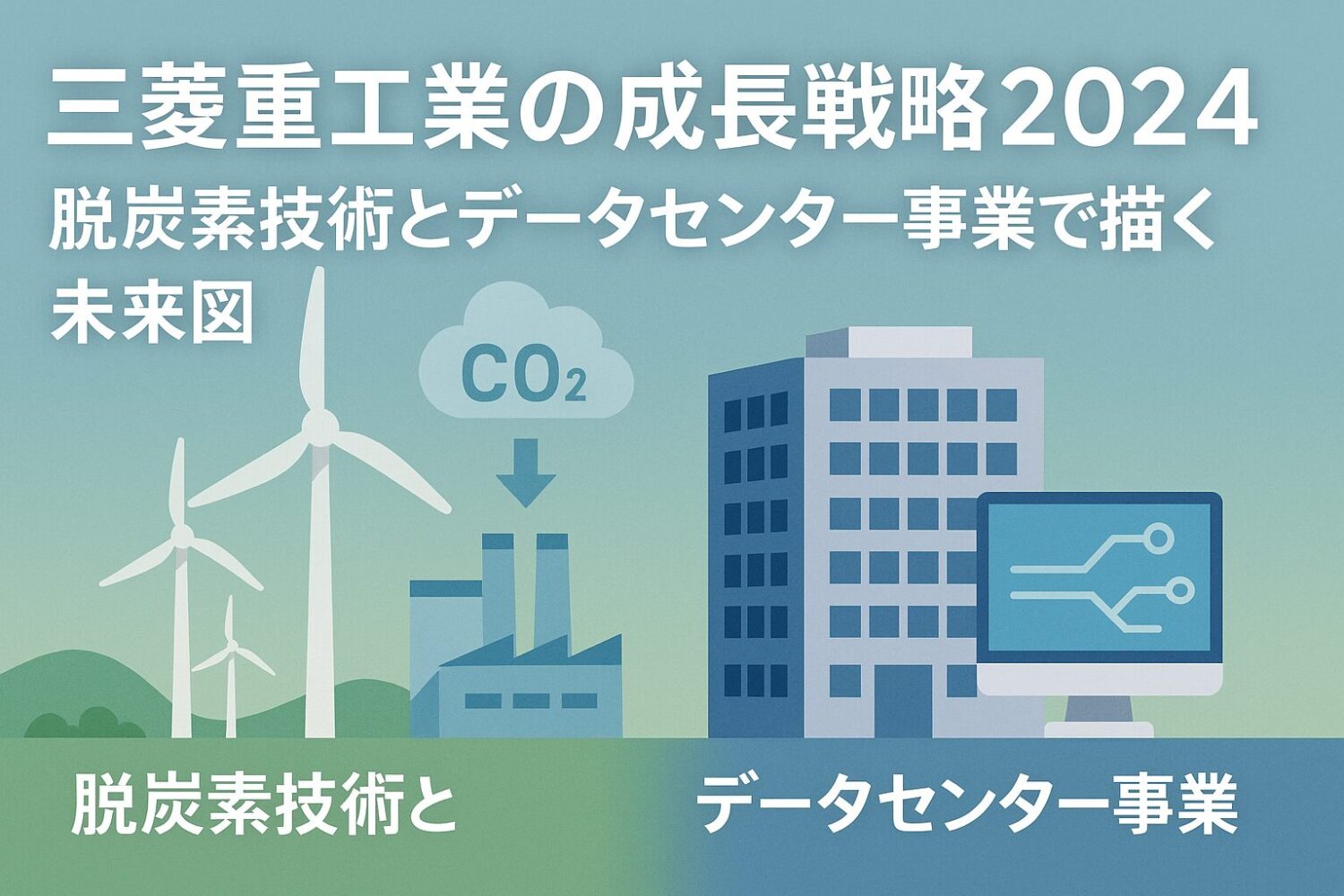

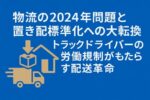
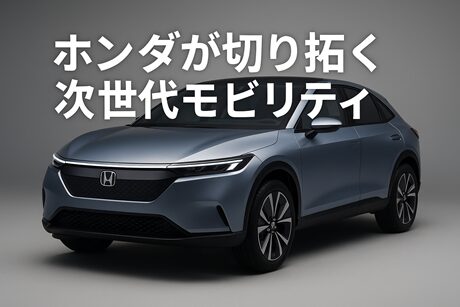
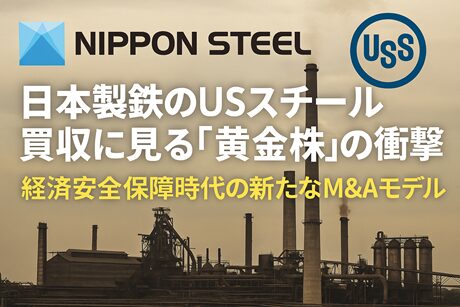
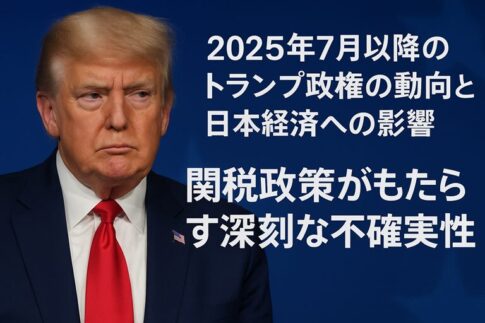
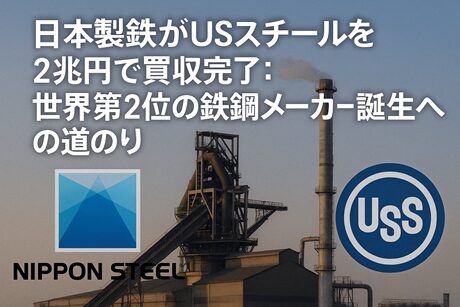


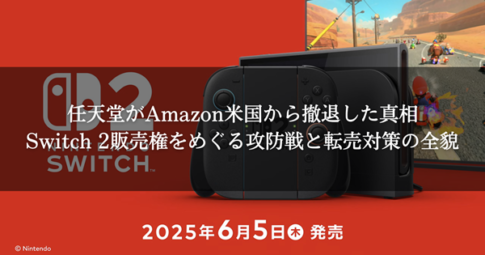
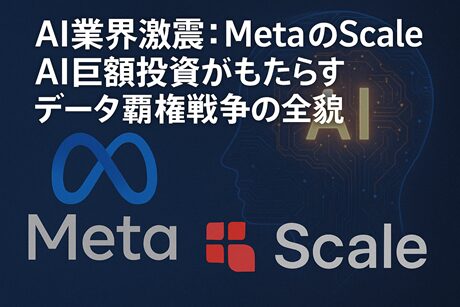

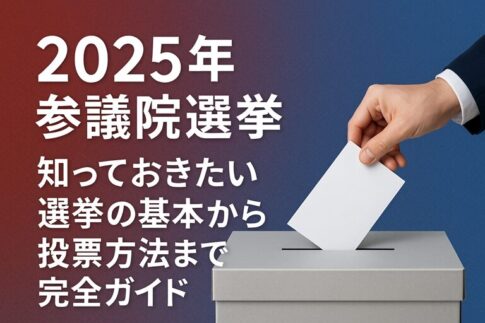
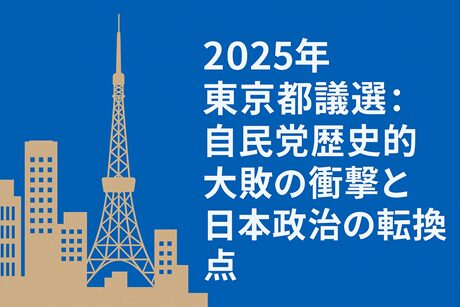

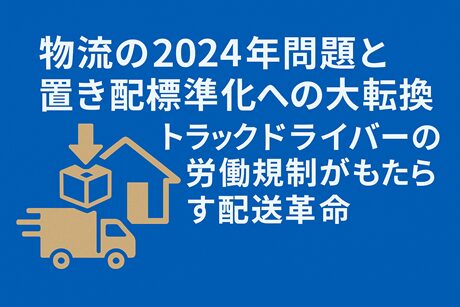

Leave a Reply